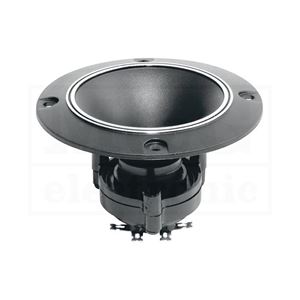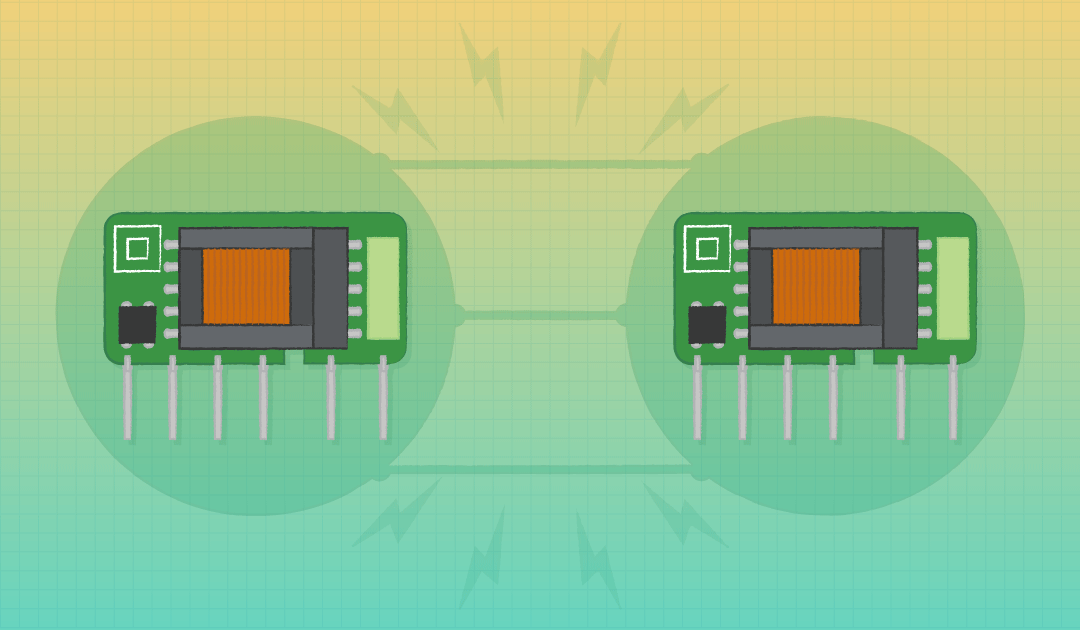zxpa
Junior Member level 2
I have two old regulary working pc power supplies.
Is it possible to connect this two power supplies +12V outputs and Masses in parallel
to have +12 and more current from both ones?
Blueberry PSB400

JNC
MODEL: LC-B300ATX

I want to connect them in such way:
+12V output of first one and +12V output of secound one
Mass output of first one and Mass output of secound one
I considered this article:
{597} Connect 2 Power Supplies in Parallel to Get More Current
Is it possible to connect this two power supplies +12V outputs and Masses in parallel
to have +12 and more current from both ones?
Blueberry PSB400
JNC
MODEL: LC-B300ATX
I want to connect them in such way:
+12V output of first one and +12V output of secound one
Mass output of first one and Mass output of secound one
I considered this article:
{597} Connect 2 Power Supplies in Parallel to Get More Current

